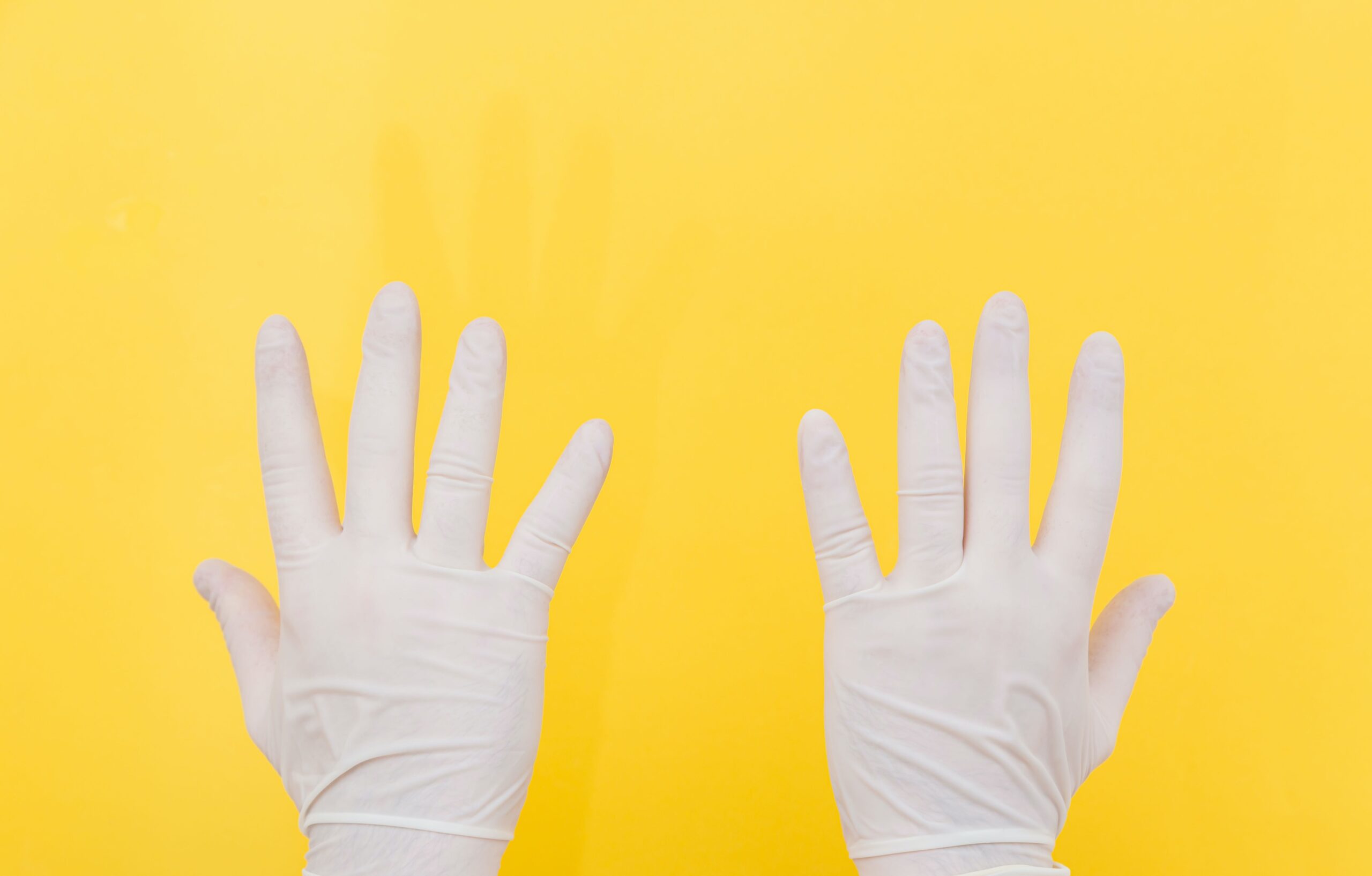
According to the Center of Disease Control and Prevention (CDC), latex allergy affects 1 to 6 percent of the American population. The level of sensitivity or allergy to latex can be mild or severe. In some cases, this sensitivity may even threaten the lives of affected people.
Latex is a type of natural rubber material that is made from the sap of the Brazilian rubber tree called Hevea brasiliensis. This material is used in various products, such as disposable gloves, which are used more these days due to the spread of Corona, and intravenous tubes that are used for medical purposes. Similar proteins are found in common and popular foods in the world.
Allergy occurs when the body’s immune system reacts to substances that are generally harmless; A reaction similar to when the body is exposed to a dangerous foreign agent such as a virus or bacteria. The host (body) releases antibodies and chemicals such as antihistamines, until it reaches a point of involvement that causes an immune response such as inflammation.
To control complications caused by contact with latex, it is necessary to know the symptoms of allergy to this substance and to know the methods of diagnosis and treatment of this type of allergy. In this article, we will first introduce the signs and symptoms of allergy to products containing latex, and then describe the methods for diagnosing and treating this type of allergy. At the end, we provide tips on reducing the risk of latex allergy. Stay tuned..
What are the signs and symptoms of latex allergy?
Allergic reactions to latex in most cases appear in the form of raised and red small grains (rash) at the place and point of contact, which is known as contact dermatitis (skin inflammation). These symptoms can include:
- itchy hands
- Small, raised, red bumps on the skin that may feel warm to the touch
- urticaria
- Eczema (seen as cracked or oozing skin)
This type of reaction usually happens temporarily. These symptoms may be caused by being in contact with latex for a few minutes, but in some cases it may take several hours to manifest. In this case, you may need hydrocortisone cream or calamine lotion (to soothe any skin rash and lesions that develop).
In some cases, latex proteins may also be transmitted through the air. If this happens, very sensitive people may unconsciously inhale these substances and, as a result, show very severe reactions. In this case, the symptoms can be as follows:
- Red and swollen skin, lips and tongue
- Runny or stuffy nose
- Shortness of breath (with or without wheezing)
- stomachache
- diarrhea
- nausea and vomiting
- high heart rate
- dizziness
Anaphylaxis is a rare condition of reaction to latex and may be a threat to the health and life of the affected person. The symptoms of this disease are similar to airborne allergies; With the difference that it can be much more intense. If left untreated, anaphylactic shock can lead to severe breathing problems, a drop in blood pressure, and even death.
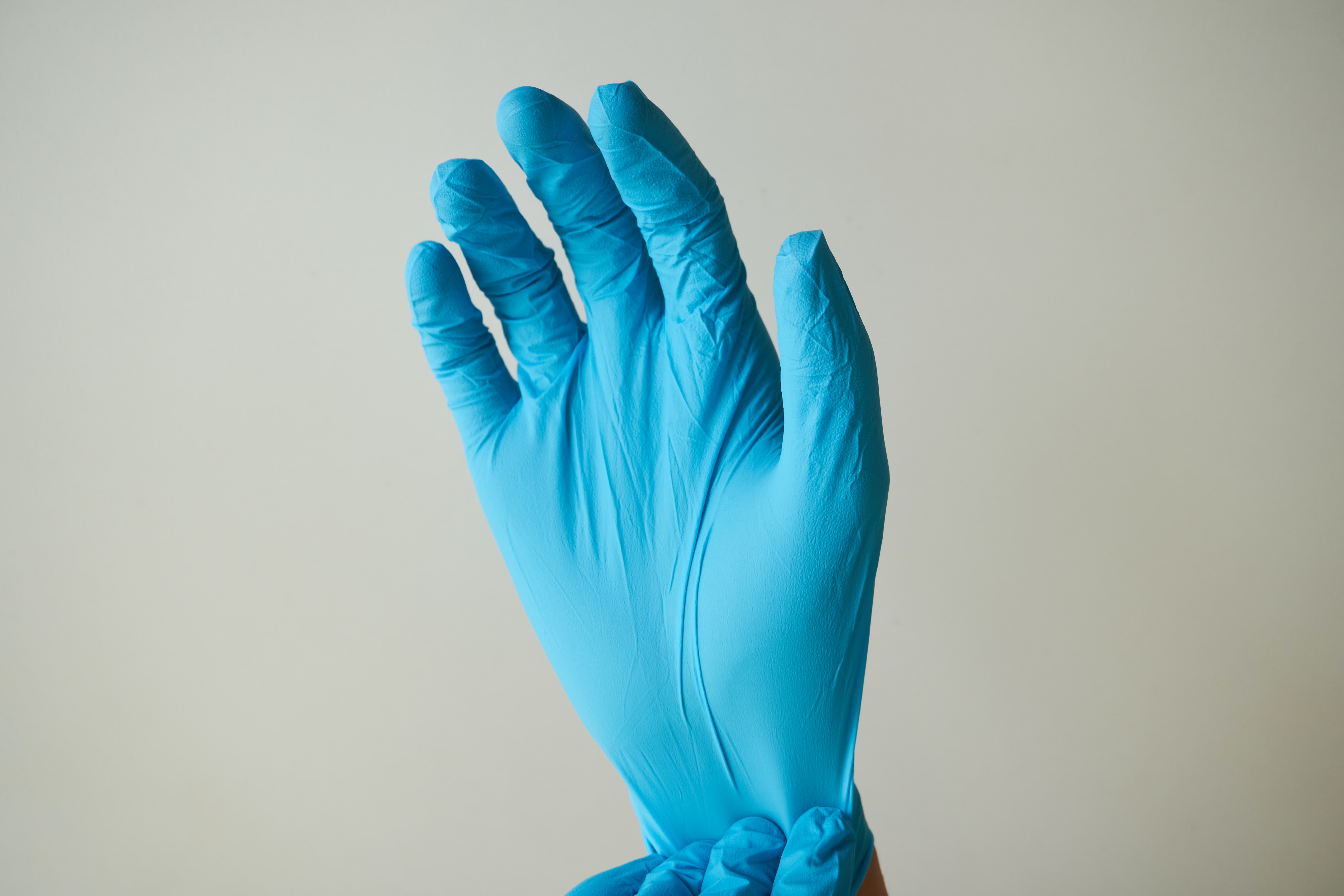
Which products contain latex?
So far, hundreds of products containing latex have been known; Especially those products that have elasticity. Avoid using the following:
- medical devices and devices; such as latex gloves, intravenous tubes, catheters and blood pressure cuffs
- dental supplies; such as orthodontic rubber bands and Rubberdam (a type of device for separating and isolating the operating environment that is used in various dental work)
- contraceptive products; Like condoms and diaphragms
- clothes that have elastic or elastic bands; Such as pants, underwear, running shoes and raincoats
- specified household products; Such as ziplock storage bags, paper towels, some rugs, and plastic gloves
- Baby and children’s supplies; Such as pacifiers, bottle heads, disposable diapers, teethers and other toys
- some supplies for offices and schools; Such as rubber bands, erasers, adhesive tapes, rubber cement and paint
- Bands or rubber bands; Like the band-aids in the first aid kit
- Rubber balloons (Mylar balloons are not hypoallergenic; Mylar is a thin, strong polyester)
- Cross-reactivity of latex with certain foods
The American Academy of Allergy, Asthma and Immunology estimates that 50% of people with latex allergies also have other types of allergies. Some people who are allergic to latex may also be allergic to certain foods (which contain proteins similar to those in latex). This state is known as cross-reaction.
Fruits and vegetables:
The following foods may cause cross-reactions in some people. Different foods have different degrees of cross-reactivity symptoms.
Foods that have a high protein similarity with latex protein include:
- Avocado
- the banana
- Kiwi
Foods that have moderate protein similarity to latex protein include:
- Apple
- carrot
- celery
- papaya
- melons
- tomato
- potato
Foods that have a low protein similarity to latex protein include:
- cherry
- Fig
- grape
- Nectar
- Pineapple
- Strawberry
- plums
What people are more prone to latex allergy?
The number of health workers with latex allergies is much higher than average. In fact, the Asthma and Allergy Foundation of America has estimated that between 8 and 17 percent of all healthcare workers suffer from this type of allergy. The increase in the use and exposure to latex can be considered the main reason for the high rate of sensitivity in these groups.
Other people who may be more at risk include:
- People with cross-reactive food allergies
- hairdressers
- Children who have spinal defects such as spina bifida (a type of congenital disorder caused by incomplete closure of the fetal neural tube) and people who have had many surgeries.
- People who need intermittent medical procedures such as catheterization.
- Nurses and caregivers of children
- Service workers and food services
- Housewives
- People who work in workshops and factories producing tires or car tires.
How to recognize that we are allergic to latex?
The doctor may prescribe a series of standard “patch test” allergy tests. These tests can determine whether the patient is allergic to latex or other similar materials.
Performing these tests requires the use of many precautions and critical care; Because some patients may show very severe and strong reactions. The doctor may also order a blood test.
Treatment of latex allergy
Currently, there is no treatment for latex desensitization. In other words, if a person is allergic to latex and comes in contact with it, there is no way to prevent allergic reactions. Allergic reactions are treated with antihistamines, adrenaline and steroids (cortone).
The best and most effective way to treat this type of allergy is to avoid contact with products containing latex. Sick people should learn how to identify products that contain latex and avoid contact with them.
There are various materials to replace latex. Among these materials, we can mention polymers such as nitrile, SBR (butadiene-styrene rubber or synthetic rubber), butyl, vitron, and synthetic elastic materials such as elastane and neoprene (heat, oil, and light resistant rubber).
Unfortunately, manufacturers of latex-containing products are not legally required to record the chemicals used in the production process on their product labels. Products made from natural rubber materials contain other emulsions that appear to have a very low potential for sensitization.
Why are some patients allergic to latex substitutes?
In some cases, patients’ sensitivity increases to such an extent that replacing products (products that do not use latex with products containing latex) can also cause a reaction.
The reason for this can be that products that do not contain latex are also produced by the same equipment and factories that produce products containing latex. For this reason, there may be very small amounts of latex in these latex-free products.
These cases are similar to those with food allergies (such as peanuts) who cannot consume other products produced in the same factory.
The title “Latex Safe” is engraved on the packaging of some products by the manufacturers. This title indicates lower amounts than natural latex. However, these products can still cause allergies. People with allergies should be aware of such labels.
How to reduce the risk of latex allergy?
In today’s advanced and modern world, the use of latex is very common. As a result, it is impossible to completely avoid exposure to it. However, there are ways you can reduce your exposure to latex. These ways are:
- Using latex-free gloves (such as vinyl gloves, powder-free gloves, hypoallergenic gloves, lined gloves)
- Explain to health and wellness providers about any latex allergy
- Use medical identification bracelets that explain any allergies
Wrap-up
Latex allergy is rarely a health threat. The main way to prevent the symptoms of this type of allergy is to limit exposure to this substance as much as possible. This issue is much more difficult in practice than it is said; Especially if you are exposed to latex during work.
However, you can still avoid the symptoms of this allergy without changing your lifestyle. This requires more caution and care. If your allergy to this substance is severe enough to require medical treatment, consult an allergist.
What is your experience with using latex products? Are you also allergic to this substance? Apart from the ones mentioned in this article, what other methods do you know to prevent, control and treat latex allergy? Share your experiences with us and others.
Sign up to our newsletter:
Recent Posts:
Best Seller Disposable Gloves:
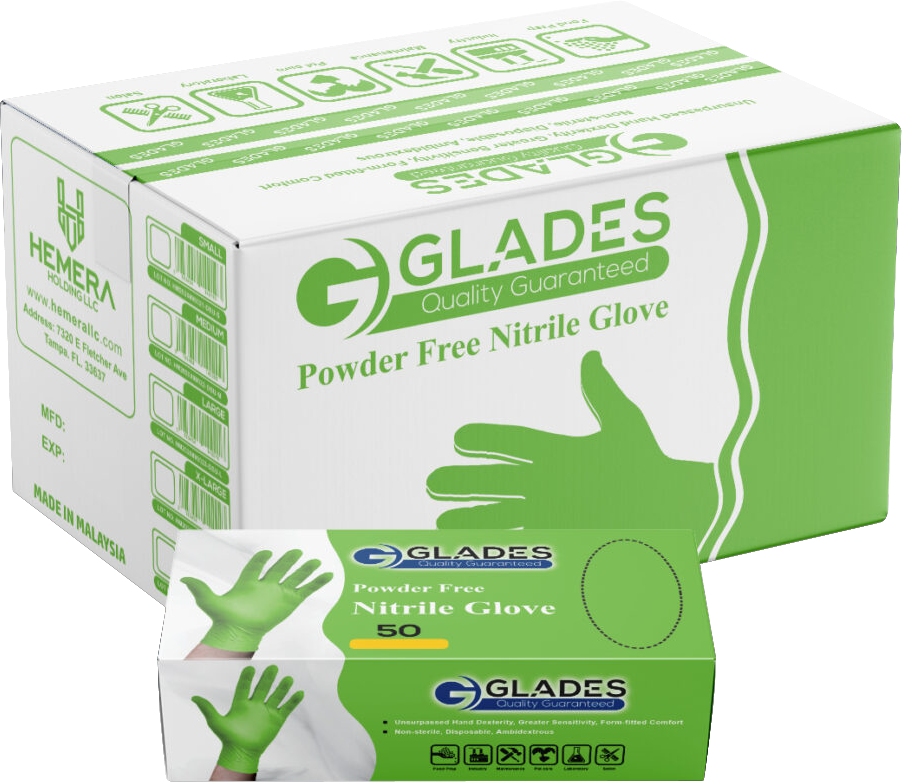
Glades 8 Mil. Nitrile Green Gloves – Heavy-duty
$16.99 – $71.99
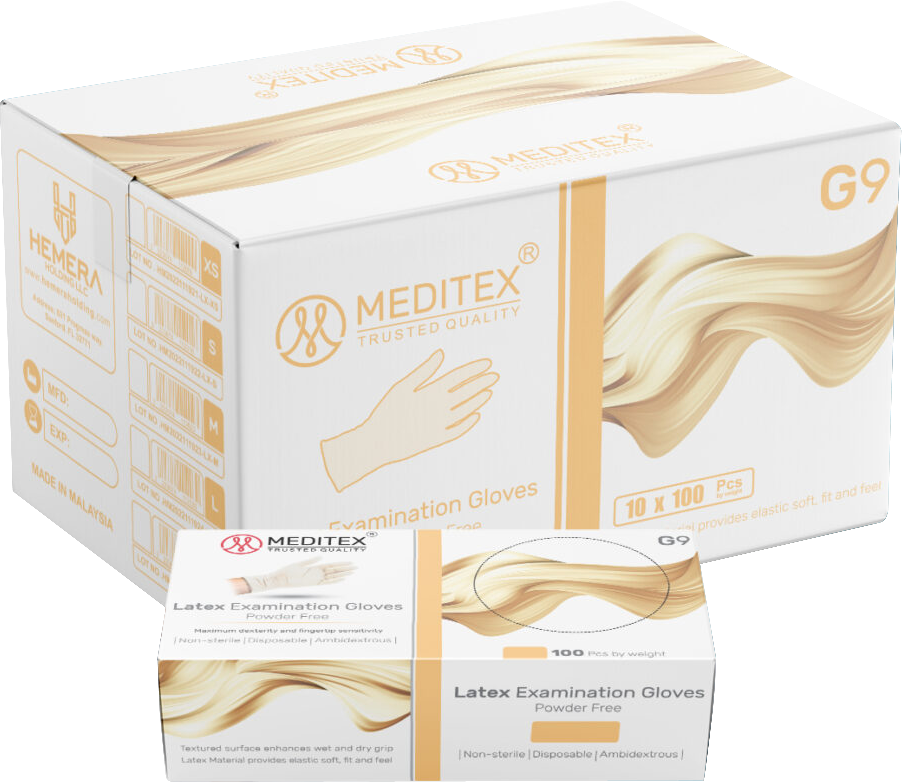
Meditex Exam 5 Mil. Latex Natural Color Gloves – Medical
$9.99 – $55.99
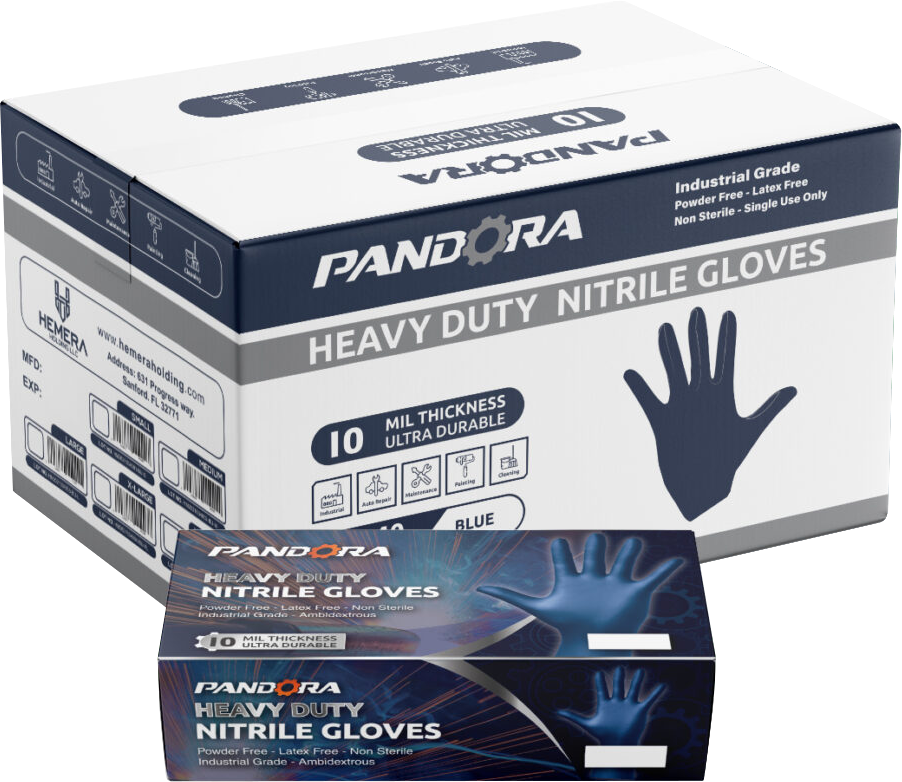
Pandora 10 Mil. Nitrile Blue Gloves – Automotive
$17.99 – $79.99
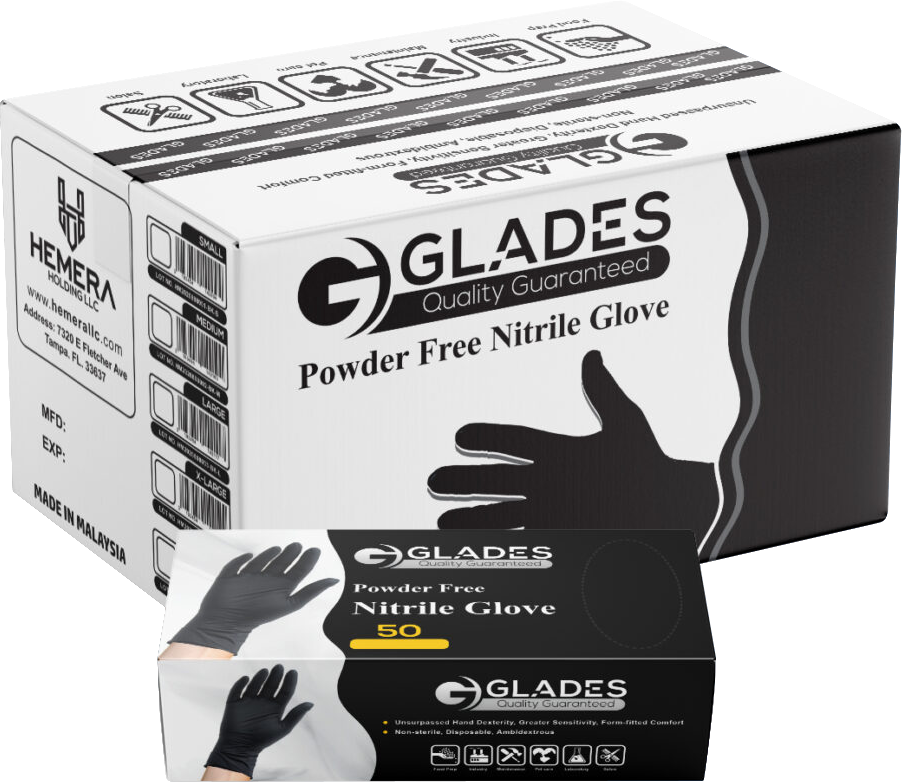
Glades 8 Mil. Nitrile Black Gloves – Mechanics
$16.99 – $71.99

